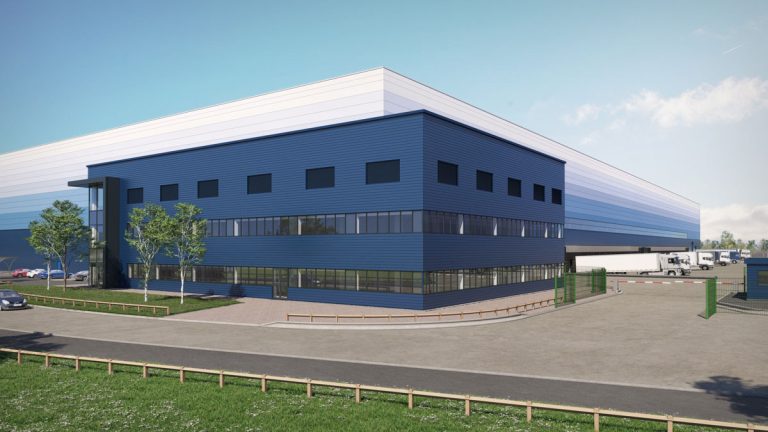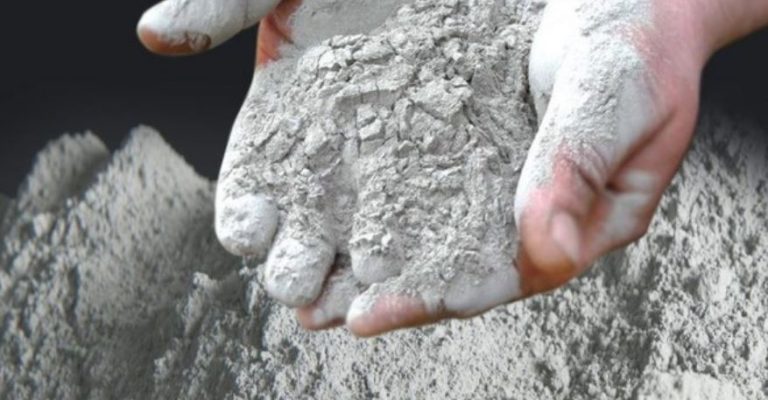Concrete is a material that has long been used for industrial buildings and home construction for several decades. It is one of the most durable materials that is used for building projects. But did you know that it has numerous uses aside from conventional construction projects? Concrete can be used for landscaping, decorating, spraying, block filling, and many more building applications. If you want to learn more about its uses, then you have come to the right place. This article will discuss the different uses of concrete, and some of the essential things you need to know. What is Concrete? According to an article by the Concrete Network, concrete has three components: cement, water, and aggregates. Aggregates can come in the form of rock, sand, or gravel. Once the three components are mixed and combined, the product becomes the durable material used for construction projects. What is the difference between Concrete and Cement? One of the common misconceptions when it comes to the construction industry is that concrete and cement are the same; this is not true. As mentioned above, cement is just a component to create a concrete mixture. Concrete for Landscaping When the topic of home landscaping comes to mind, the common things people think about are grass, wood, and rocks. Concrete seldom becomes a part of the conversation when people talk about landscaping, which should not be the case. Concrete can be a material used for landscaping as it can also provide the elegant touch that grass, wood, or rocks produce. Concrete nowadays comes in different colours, which can complement the architectural design of your home. If you want the exterior of your home to stand out, then you should try concrete. Concrete for Decorative Purposes When it comes to interior design, the common choice of homeowners for their walls is wood, which goes the same for flooring. If you are planning to build a new home or remodel it, you should consider concrete for your interior design. Concrete nowadays can be used for decorative purposes as well. Concrete that has exposed aggregates of small rocks and stones can be used for both flooring and walls of your household. It can then be further enhanced by honing and polishing once the mixture has already hardened. Concrete as a decorative material can transform the appearance of any room in your home, whether it may be the bedroom, living room, kitchen, and even entrances. Concrete Driveways Concrete has become the material of choice for constructing driveways because of its benefits and advantages. For instance, concrete driveways have a longer lifespan (50 years or more) than other alternatives, such as asphalt and gravel, lasting between 20-30 years. Concrete driveways are also more alluring to look at, and it drastically improves the curb appeal of your home. Homes with concrete driveways also have a considerably better price tag compared to asphalt or gravel driveways. Concrete as a material has a full range of uses, as mentioned above. Concrete can be used with aesthetics in mind, whether for landscaping or decorative purposes. Concrete is undoubtedly the best material for any building application. However, it would be best to get products from reliable and trusted sellers to ensure that you get high-quality materials.






